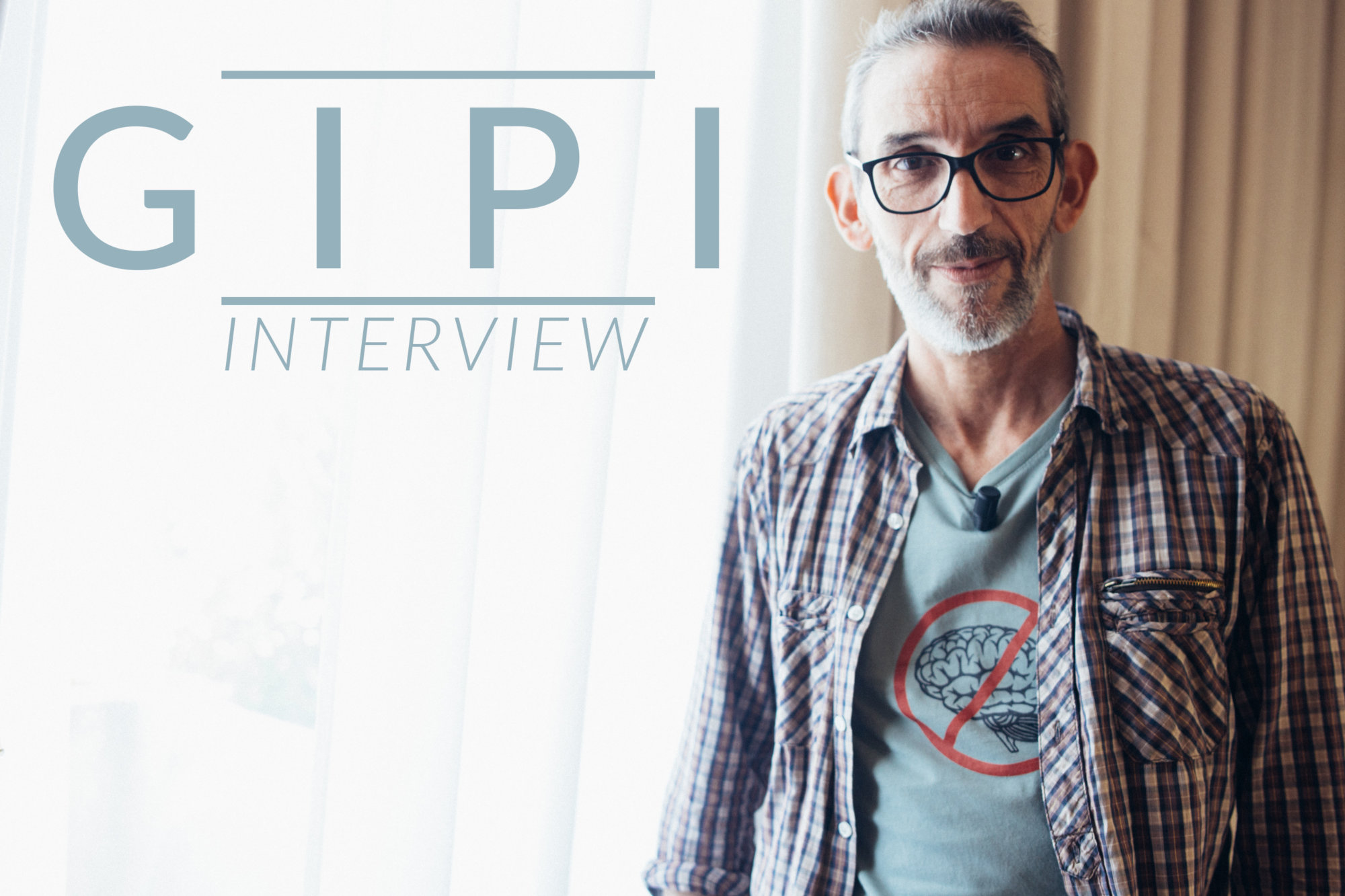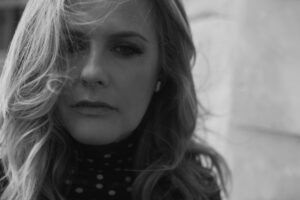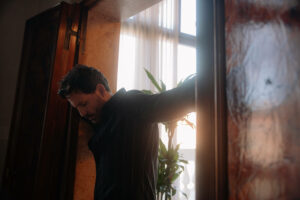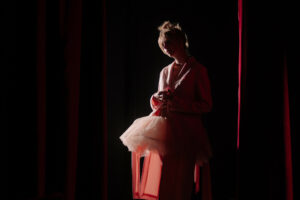After seven years, Gipi returned to Venice, where he presented his most light-hearted side.
Gipi, a.k.a Gian Alfonso Pacinotti, is one of the best Italian cartoonists, internationally recognized for his work on paper and winner of prestigious awards such as the Best Album Award at the International Festival de la Bande Dessinée d’Angoulême. He was also the first to receive a candidature for the well-known Italian Strega Award (Premio Strega) with a comic book novel. Gipi already has a past with Venice, having presented here in 2011 his first film “The Last Earthling” (“L’ultimo terrestre”), while this year he was selected in the Sconfini section for his “The Happiest Boy In the World” (“Il Ragazzo più felice del mondo”).
Based on a true story, Gipi tells through this movie something about himself, his obsession with stories and how his passion overwhelms people close to him. Everything starts with the discovery that a letter which had been sent to Gipi twenty years earlier and which motivated him greatly was written by an anonymous fan who pretended to be a teenager to collect draws of famous cartoonists. Gipi then decides to find out who the mysterious fan is and to give an unforgettable day to this phantom admirer, with the aid of his colleagues.
The film has a comic rhythm and tune, although reflective and intimate sparkles dot the entire narrative, with a meta cinematographic and, in the end, a bit comic-oriented story, with small temporal and spatial jumps. We met Gipi on the day of the premiere of “The Happiest Boy In The World” to have a chat about the film, the world of comics and his way of seeing the world.
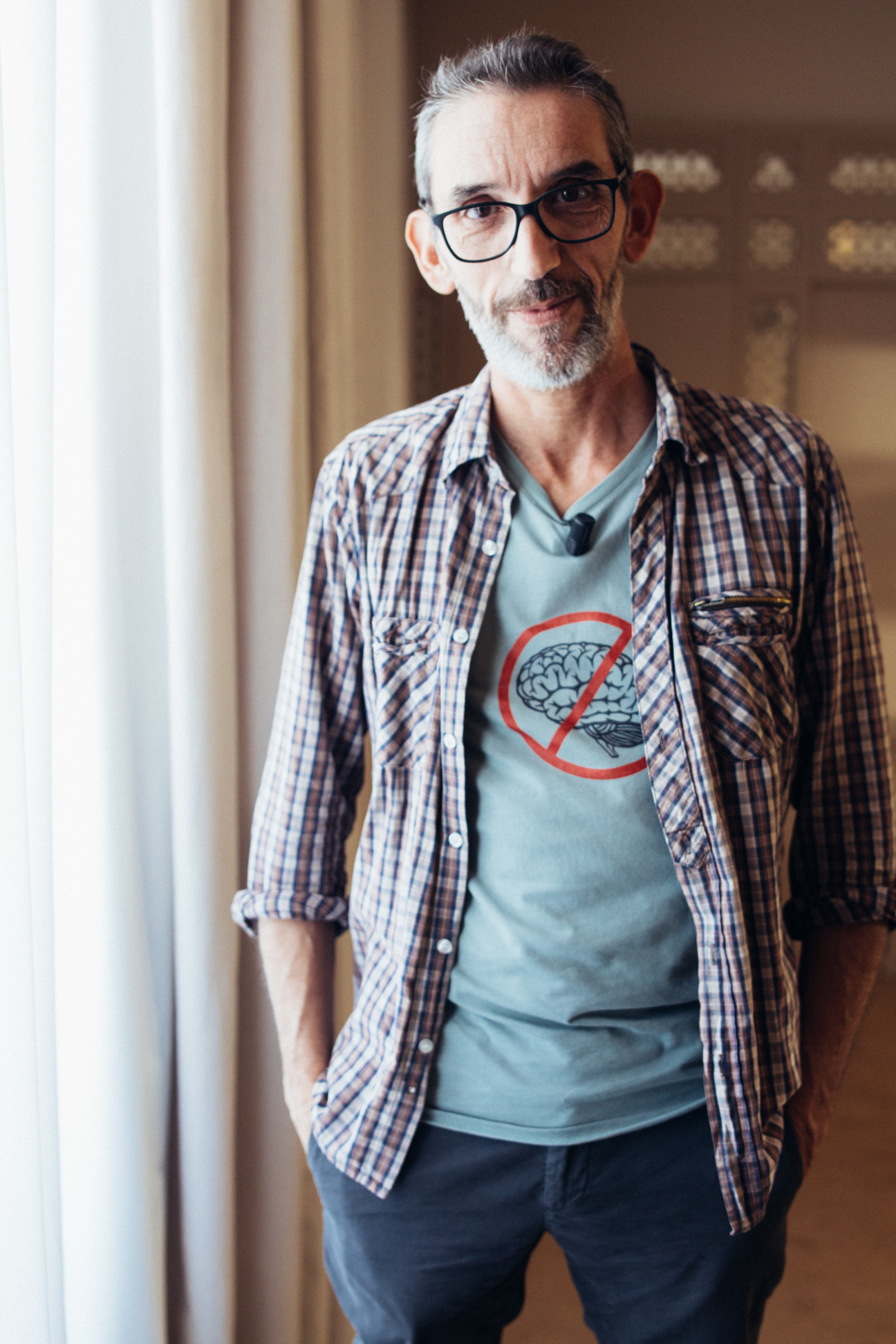
C
R
E
A
T
I
V
I
T
Y
___________________
Your draws are often gloomy, with an always masterful use of the watercolor. Your films instead, especially this one, have a much more light-hearted tune. What is the difference between the Gipi director and the comics artist Gipi? And how do you decide which media to use to tell a story?
___________________
It is the story that determines which media is better. If the story is born in my head as a comic it will be comic; if it comes out as a video, I will go in that direction. In this case, I wanted to make a light-hearted, cheerful film, which of course has kind of a more complicated twist as well, but I really wanted to do something that was easy-going. I have that side too.
In the comic books, I’ve always made it harder to make it recognizable, I did something like it in “My Life Badly Drawn,” but I think that this kind of thing darkens me a bit. That’s because it is the kind of work that, when you’re sitting alone at the table, in my opinion, is not good for the head. While working with friends as we did for “Il Ragazzo più Fortunato” is a joyful experience, so it’s more natural for me to bring out the happiest part of my work.
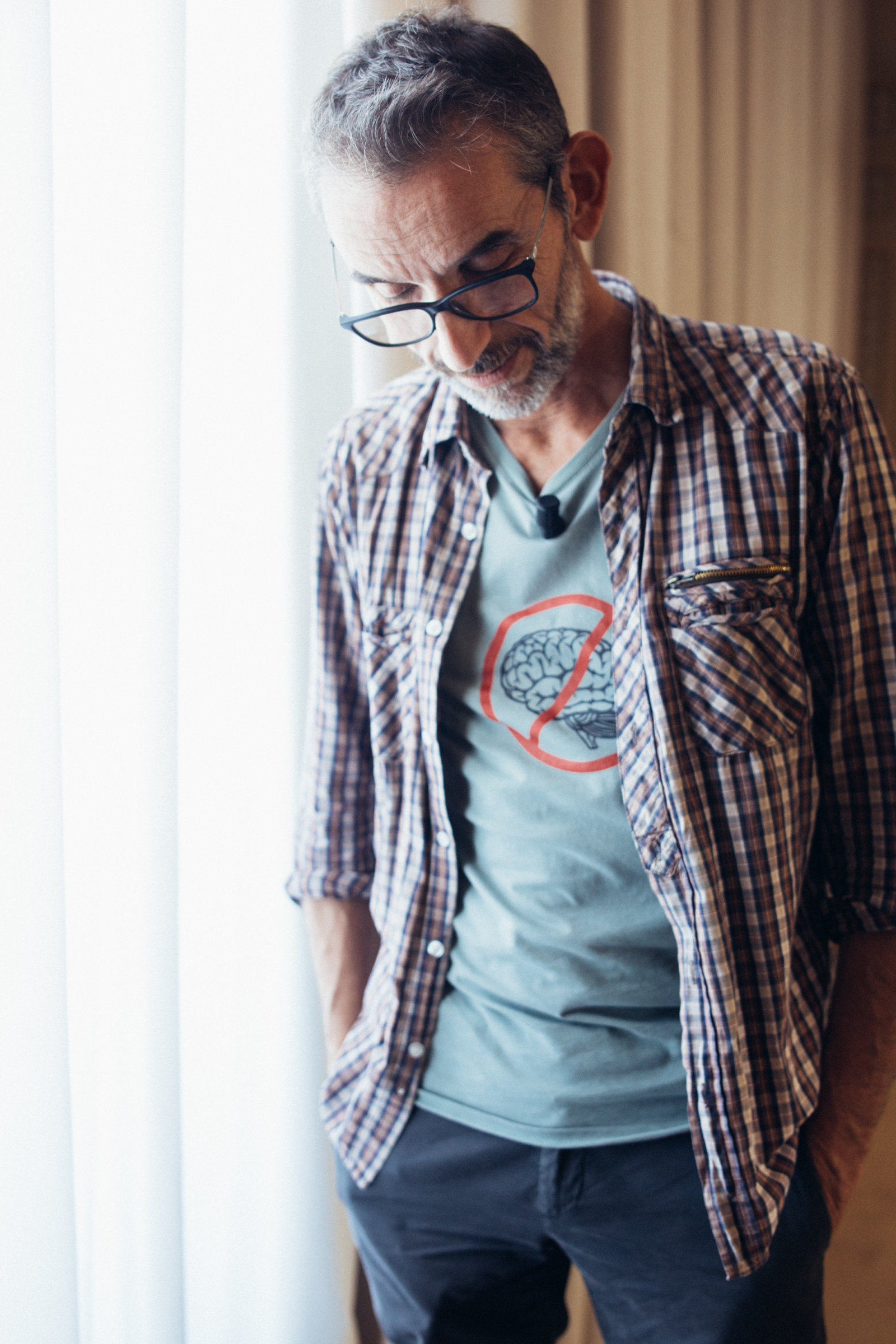
___________________
One of the aspects that I appreciated the most about the film is its continuous breaking the fourth wall and the completely meta cinematographic tune. This also helps to draw the line between the storytelling and the real part of the story. Since your works often have autobiographical elements, I wondered if the film could actually make us understand how Gipi sees the world every day.
___________________
(laughs) I do not know how I see the world. Surely, if you have been inventing and telling stories all your life, I believe that, after a while, the boundaries between the two aspects start to get very confusing. But in the film, they mix in that particular way because, I think, it was the right way to tell this story.
___________________
In 2014 you shared the XL cover of “La Repubblica” with Zerocalcare, and now you two find yourselves in Venice in the same year in which the film based on Zerocalcare’s “The prophecy of the Armadillo” comes out. You are often seen as two of the best faces of Italian comics, but at what kind of era is the Italian comic-strip industry living right now?
___________________
In my opinion, we are at a good point: there are many talented people, and well-made comic books can sell a lot of copies. Then, obviously, it also depends on the case, you can never judge an entire system. I see a lot of beautiful stuff; there are a lot of authors that I like.
I firmly believe in talent and in the affirmation of it, I believe that if you are good at doing what you do, sooner or later people are going to notice it. And I don’t see any obstacles to this affirmation in the Italian comic strip world: on the contrary, there are a lot of publishing houses that have realized that the comics indeed sell well. Then it’s clear that this kind of thing also has side effects, and maybe publishing houses are publishing things that are not always ready to be released only in the hope of make money out of it, but that is normal, it’s how the market goes.
“I firmly believe in talent and in the affirmation of it, I believe that if you are good at doing what you do, sooner or later it people are going to know it…”


___________________
Speaking about covers, always in 2014 you also drew the beautiful cover of Dylan Dog n. 337, “Deep Space.” What do you think of the idea that has been revolving lately to re-propose Dylan Dog in a film or TV Show version?
Would you like to direct the project?
___________________
I don’t know if I would like to direct it, but I’m very curious about the Series, and I hope they do a good job. In my opinion, it has the means to be good, and the setting works well for this kind of project, but let’s see. I always hope that people who do things will do them well because I feel better when I look at something that I like rather than something that I don’t. I’m always cheering for people who invent new stuff and try to tell new things, and I still hope that they’ll do things the best way they can.


“I’m always cheering for people who invent new stuff.”
___________________
In this film, we have seen your singing skills, and in the past, you collaborated with the band Le Luci Della Centrale Elettrica, for their debut album “Canzoni da Spiaggia Deturpata.” What is the music that better feeds your creativity or, better said, what do you listen to while creating?
___________________
I listen to Radio 24. A talk radio where people talk exclusively about economics, of which I do not know nor understand anything at all. That’s because, if I put on music, it makes me space out and I can’t stay focused on the story. Instead this channel and this constant talking – which sometimes for me is really incomprehensible, when they go through some financial stuff like bonds or whatever. I mean, I stopped in middle school, for me is a tragedy – it helps me.
Look, when I draw in silence I hear voices and I get scared, I feel like they drive me nuts. Instead, that stuff keeps the voices away, and I can stay focused on the design. The music kidnaps too much of my attention, I feel like following the rhythm more than drawing and then I can not use it.
___________________
What’s next for Gipi?
___________________
I recently started a comic book… Well, I hope that’s true because as long as I don’t go into it a bit, I don’t really know if that’s going to last or not. And then I’m probably going to do another project that involves cinema, but I can’t say anything at this point.
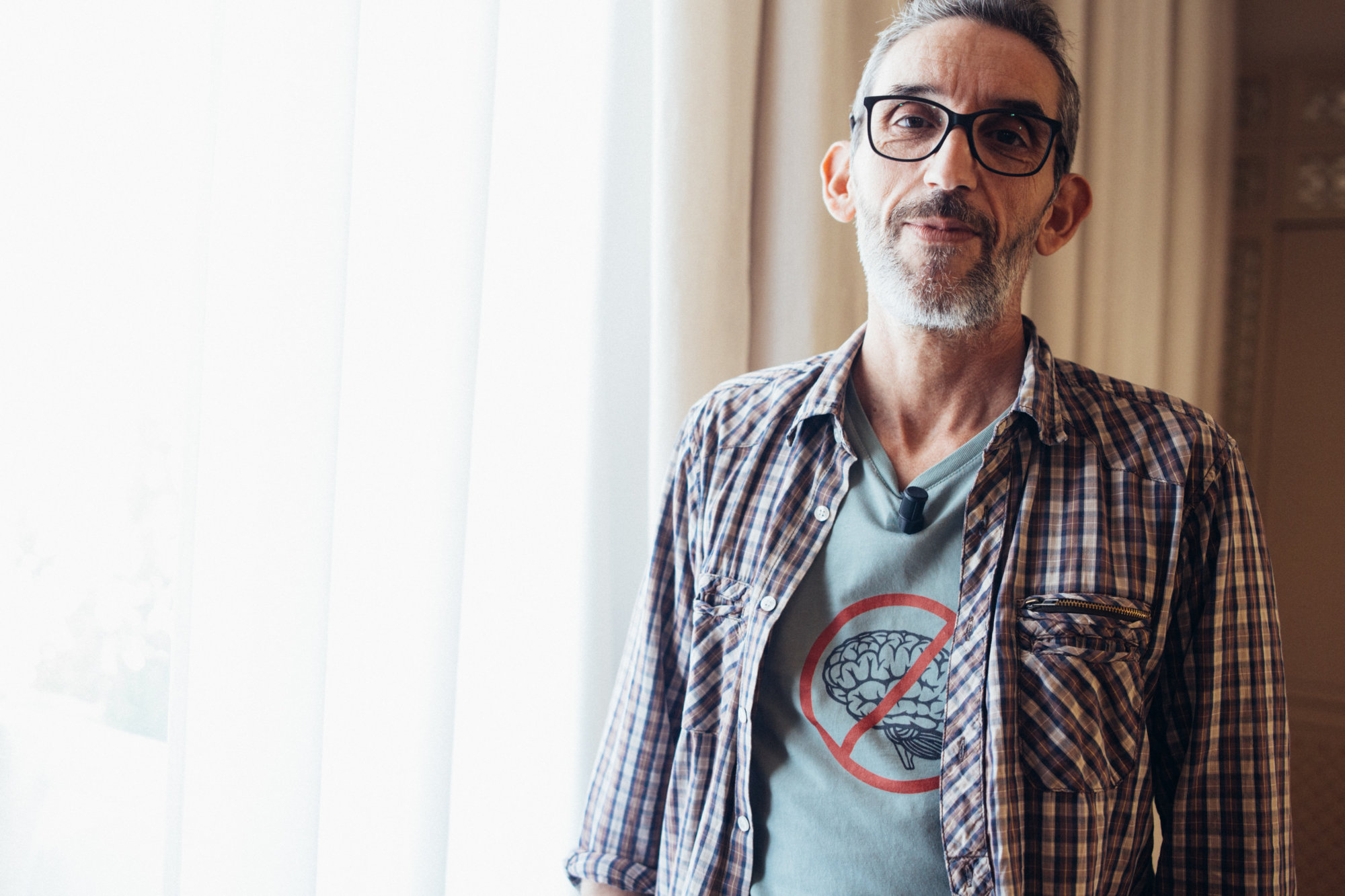
Photo Credits by Johnny Carrano.

